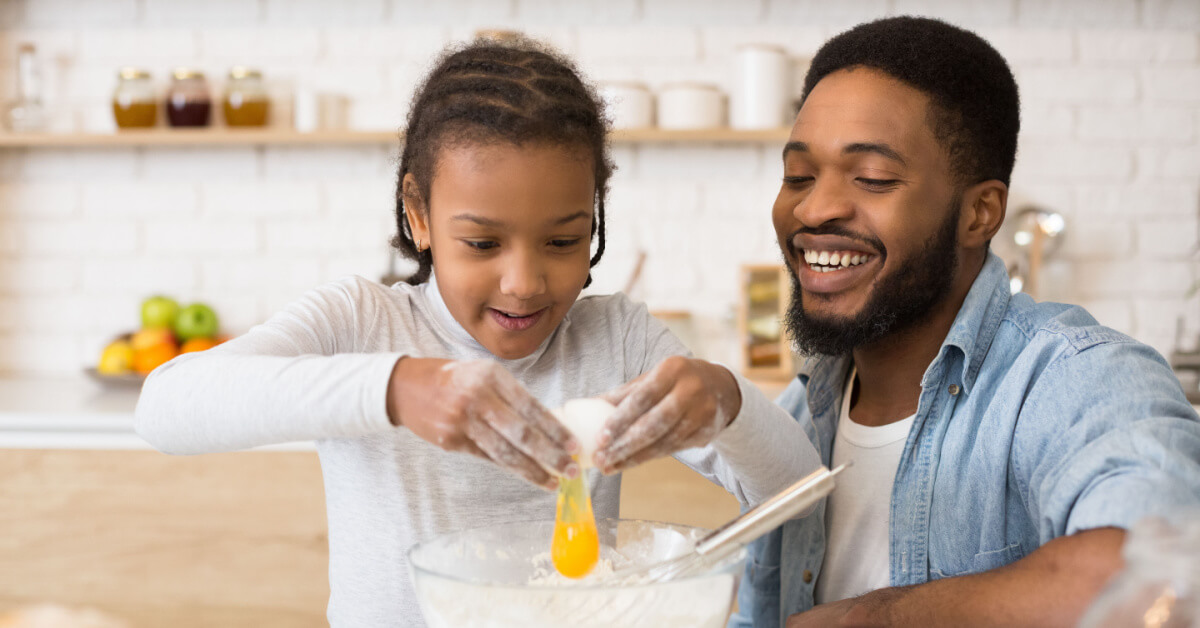January 20, 2023
One of our earliest forms of narrative, long predating epics and novels?
The cookbook. I love cookbooks for the stories they tell about who and what we are. Not only do chefs share the stories behind the recipes they have created. Cookbooks themselves also tell us about changing tastes, family traditions, and our wider cultural history.
Cue “Joy of Cooking,” which has been with us since 1931 and has gone through nine editions, the most recent of which was in 2019. It’s been in the family all that time: the recent edition is co-edited by John Becker, the great-grandson of Irma S. Rombauer, who self-published the original during the height of the Great Depression. Reflecting how our country has changed, the new edition includes numerous global dishes, as well as the old standards; to invoke an old metaphor for America, “Joy” is a melting pot.
It’s also a book that’s offered cooking lessons to generations of young people.
In a recent piece on “Joy,” Chicago Tribune columnist Heidi Stevens recounts how her 14-year-old daughter received the updated “Joy” this Christmas from her grandmother. Ms. Stevens’ daughter has always found the kitchen to be a “playground and sanctuary.” When her…


